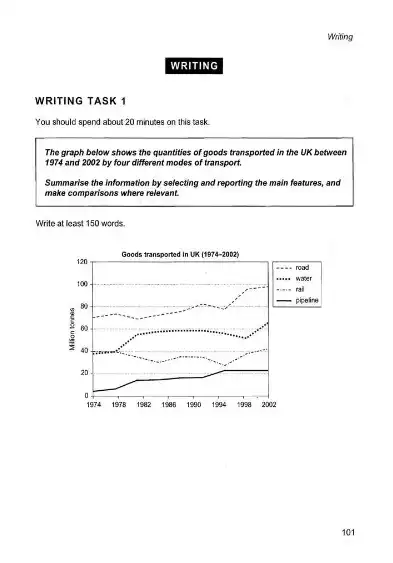In the world of business and technology, the term "throughput" plays a crucial role in evaluating the efficiency and productivity of operations. But what exactly does "throughput" mean, and how does it impact your organization? In this article, we will delve into the definition of throughput, its importance, and how it can help you optimize your processes.
What is Throughput?
The term "throughput" refers to the amount of work completed within a specific time frame. It is often used to measure the efficiency of a process, system, or organization. Essentially, throughput is a measure of how much output is generated relative to the time and resources invested.
To put it simply, throughput is the number of items produced or the number of tasks completed within a given period. It is a critical performance indicator that helps businesses assess their productivity and identify areas for improvement.
The Importance of Throughput

图片来源于网络,如有侵权联系删除
Understanding and improving throughput is essential for several reasons:
1、Resource Optimization: By focusing on maximizing throughput, organizations can ensure that their resources are used efficiently. This includes labor, materials, and capital investments.
2、Competitive Advantage: High throughput can give businesses a competitive edge by enabling them to produce more goods or services in a shorter amount of time. This can result in lower costs and increased profitability.
3、Customer Satisfaction: Improved throughput often leads to faster delivery of products or services, which can enhance customer satisfaction and loyalty.
4、Problem Identification: By analyzing throughput data, organizations can identify bottlenecks and inefficiencies in their processes. This allows them to take corrective actions and optimize their operations.
How to Calculate Throughput
To calculate throughput, you need to determine the number of items produced or tasks completed within a specific time frame. The formula is as follows:

图片来源于网络,如有侵权联系删除
Throughput = (Number of Items Produced or Tasks Completed) / (Time Taken)
For example, if a manufacturing company produces 100 units of a product in 10 hours, the throughput would be:
Throughput = 100 units / 10 hours = 10 units per hour
Improving Throughput
Improving throughput requires a holistic approach that involves analyzing and optimizing various aspects of your operations. Here are some strategies to consider:
1、Identify Bottlenecks: Bottlenecks are points in a process where the flow of work is slowed down. By identifying and addressing bottlenecks, you can increase throughput.
2、Streamline Processes: Look for ways to simplify and streamline your processes. This may involve automating certain tasks, reducing waste, or reorganizing workflows.

图片来源于网络,如有侵权联系删除
3、Optimize Resource Allocation: Ensure that your resources, such as labor and materials, are allocated efficiently. This may involve training employees, investing in new equipment, or optimizing scheduling.
4、Monitor and Adjust: Continuously monitor your throughput and adjust your strategies as needed. This may involve using data analytics tools to track performance and identify trends.
Conclusion
Throughput is a vital metric for evaluating the efficiency and productivity of your operations. By understanding the concept of throughput and implementing strategies to improve it, you can optimize your processes, enhance customer satisfaction, and gain a competitive advantage in the market. So, take the time to analyze your throughput and identify areas for improvement to ensure your organization remains efficient and profitable.
标签: #吞吐量用英文怎么说


评论列表